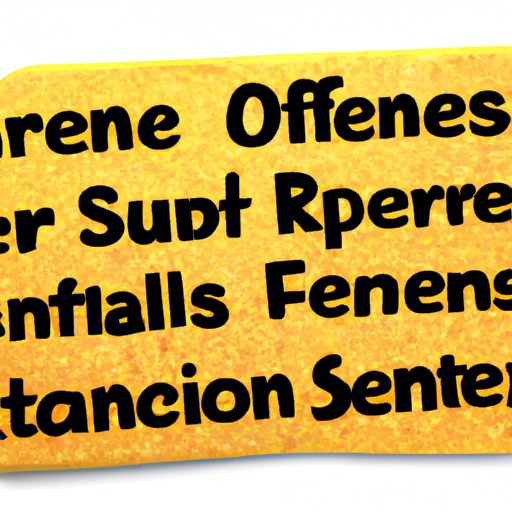Introduction
The Federal Employees Retirement System (FERS) is a retirement program that provides benefits to federal employees, including those employed by the United States Postal Service. The system is composed of three tiers: Social Security, the Basic Benefit Plan, and the Thrift Savings Plan.
A Comprehensive Guide to How FERS Works
In order to understand how FERS works, it is important to understand the three-tier system. Each tier has its own set of rules and regulations for calculating benefits.
Explaining the Three-Tier System
The first tier of FERS is Social Security. This tier provides a basic level of protection in the event of retirement, disability, or death. All federal employees are automatically enrolled in Social Security when they are hired.
The second tier of FERS is the Basic Benefit Plan. This plan is funded by employee and employer contributions and provides an annuity upon retirement. The amount of the annuity is based on the employee’s years of service and salary.
The third tier of FERS is the Thrift Savings Plan (TSP). This plan is similar to a 401(k) and allows employees to save for retirement on a tax-deferred basis. Employees can contribute up to 10 percent of their salary each year, with their employer matching up to five percent.
Understanding the Benefits of FERS
FERS provides a variety of benefits for federal employees. These include retirement, disability, and survivor benefits.
Retirement benefits are based on the years of service and salary of the employee. Upon retirement, the employee will receive an annuity based on these factors. In addition, the employee may be eligible for additional benefits such as health insurance and life insurance.
Disability benefits are available to employees who become disabled before retirement. These benefits provide financial assistance to help cover medical expenses and other costs associated with the disability.
Survivor benefits are available to the surviving spouse or children of a deceased employee. These benefits provide financial assistance to help cover funeral expenses and other costs associated with the death of the employee.
Analyzing the Costs and Contributions of FERS
FERS requires both employee and employer contributions. Employees are required to contribute 0.8 percent of their salary to the Basic Benefit Plan. Employers are required to contribute an additional 4.4 percent of the employee’s salary to the plan.
Employees can also contribute to the Thrift Savings Plan on a voluntary basis. Employees can contribute up to 10 percent of their salary each year, with their employer matching up to five percent.
Conclusion
FERS provides a comprehensive retirement plan for federal employees. The system is composed of three tiers: Social Security, the Basic Benefit Plan, and the Thrift Savings Plan. Each tier provides different benefits and requires different levels of contribution from both the employee and the employer. By understanding how FERS works, federal employees can make informed decisions about their retirement plans.
(Note: Is this article not meeting your expectations? Do you have knowledge or insights to share? Unlock new opportunities and expand your reach by joining our authors team. Click Registration to join us and share your expertise with our readers.)
